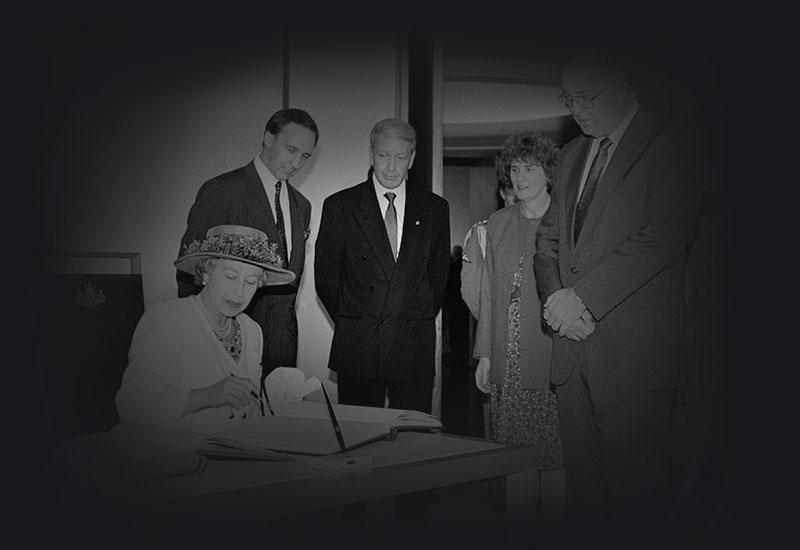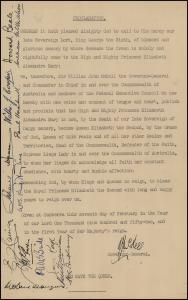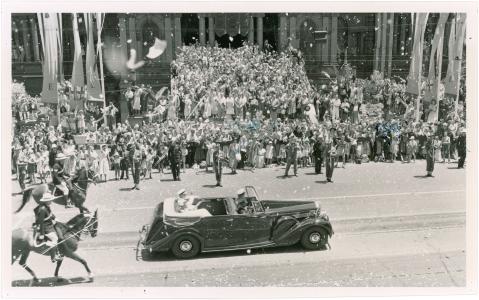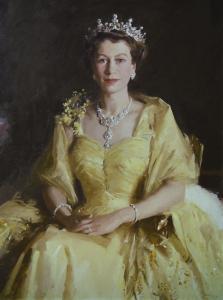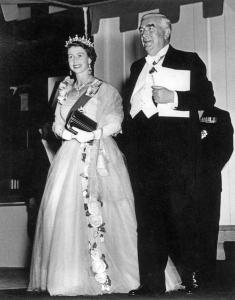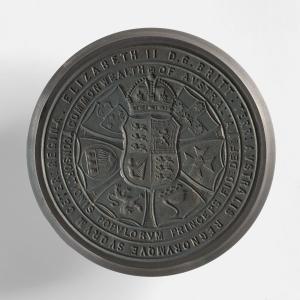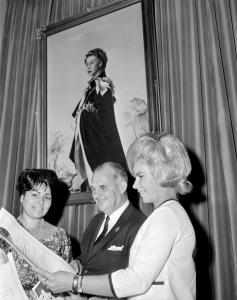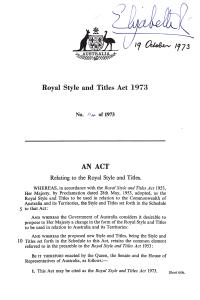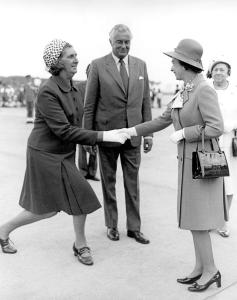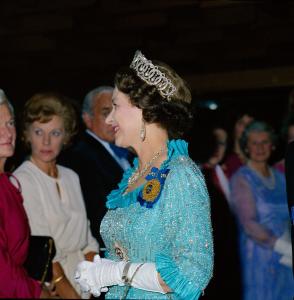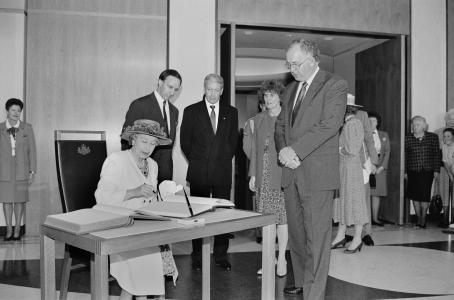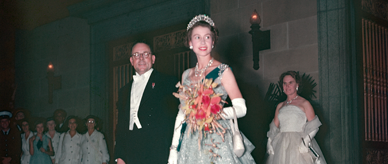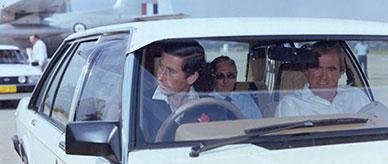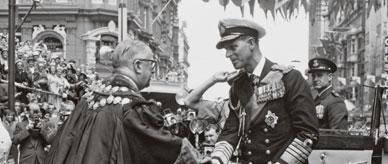Her Majesty, Elizabeth the Second, by the Grace of God, Queen of Australia and Her other Realms and Territories, Head of the Commonwealth (21 April 1926 – 8 September 2022)
Queen Elizabeth II was Australia's longest-serving head of state, having ascended to the throne on 6 February 1952. During her 70 year reign, Australia had 16 prime ministers. For most Australians, 'the Queen' is the only head of state they have ever known.
The first monarch to visit Australia
Australia was one of the first countries the Queen visited after her coronation. The 1954 royal tour – the first by a reigning monarch – is still remembered for its grace and scale. The Queen and the Duke of Edinburgh criss-crossed the country, visiting over 70 Australian towns and cities in two months. An estimated 75% of Australia's then population of 9 million people turned out to welcome her. For many, catching even a fleeting glimpse was often enough to cement a lifelong affection.
On Her Majesty's service
The Queen's relevance in Australia was reinforced in many ways. Reminders of her role and status were everywhere during the 1950s and 1960s. The iconic 'Wattle portrait' of the Queen hung in government offices, schools and community halls. The royal cypher was emblazoned on post boxes, while government letters were sent 'O.H.M.S.' (On Her Majesty's Service). New citizens, military personnel and public servants swore personal allegiance to her. School students went further, pledging weekly to both serve the Queen and 'cheerfully obey' their parents, teachers and the law! A now bygone practice, cinema goers even stood to attention as 'God Save the Queen' was played before the movies began.

